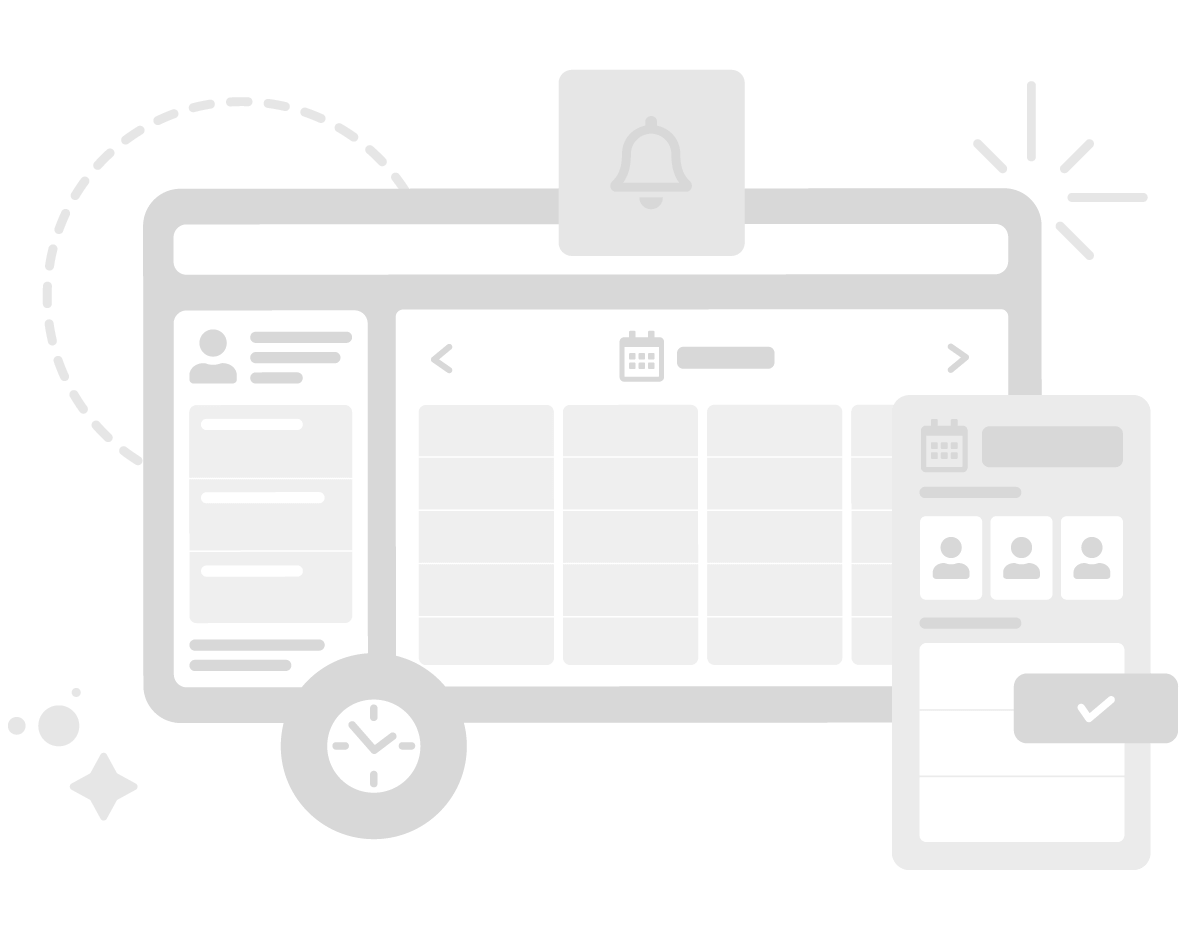Book an Appointment
Formerly “The Spruce Wellness Clinic”
Lu Physiotherapy & Wellness continues to provide the highest quality healthcare in the Bloor West neighbourhoods with the goal of building strong communities. We are a trusted team of Physiotherapists, Registered Massage Therapists & Acupuncturists ready to provide a seamless healthcare experience – whether you are starting from rehab or wellness.
We take the time to fully customize your treatment program because you are unique. We spend one-on-one time with you. And use advanced hands-on techniques for the majority of the treatment.
Come for rehab – stay for wellness
Free In-Person or Virtual Consultation
Want some expert advice? If you are not sure where to get started on your health journey, speak to one of our highly skilled Practitioners for free! There is no commitment to book at the end of the consultation. We just truly want to direct you to the right help!
**NOTE: Click under "Book by Practitioner" to ensure you are booking with the discipline you are interested in!
Registered Massage Therapy
Whether you are looking to relax with a Swedish massage, relieve pain & tension with a deep tissue massage, or maintain optimal health & wellness with a sports massage, our RMTs are ready to give you a customized treatment! Massage therapy can treat low back pains, arthritic pains, sports-related injuries, TMJ, neck & shoulder tension, post-injury rehab, pregnancy-related symptoms, & more. As well, consider massage therapy for stress relief, improving circulation, enhancing mobility, improving sleep, headache relief, & prenatal & postnatal care.
All of our massage therapists are RMTs - regulated healthcare professionals registered with the College of Massage Therapists of Ontario.
These are the most common massage types:
- Swedish massage: Relaxes any stiff or tense muscles, improving increased blood flow and fluid drainage from swollen areas.
- Deep tissue massage: Loosens up your muscles and their connective tissues.
- Myofascial release: Creates room for tissues that may be trapped by distortions or fascial adhesions, freeing them from constriction.
- Sports massage: Uses deep tissue techniques, along with stretching, strengthening, & mobilizations techniques. It aims to prevent, or assist in recovery of a sports-related injury.
- Prenatal massage: Relieves stress, improves sleep, & reduces pain/tension in muscles & joints. Massage is performed in a side-lying position with a special pregnancy pillow.
Our RMTs are also trained in Fascial Stretch Therapy & Table Thai massage.
We can also offer you a custom mix! If there is a specific type of massage you are looking for, consider booking in a free consultation with our RMT prior to booking your session.
Registered Acupuncture
Working to guide your body in the right direction, acupuncture stimulates the nervous system to restore balance in the body & mind, & to promote your innate healing abilities. Treatment includes a combination of modalities, such as acupuncture, moxibustion, cupping, gua sha, & tui na massage. If you want the benefits of acupuncture without any needles, consider booking “TCM Eastern Bodywork”.
TCM Eastern Bodywork (Moxibustion, Cupping, Gua Sha, & Tui Na Massage)
This is for returning patients wishing to experience the benefits of Traditional Chinese Medicine without acupuncture. Modalities include moxibustion, cupping, gua sha, & tui na massage. N.B: ALL NEW TCM PATIENTS MUST BOOK AN “ACUPUNCTURE INITIAL ASSESSMENT & TREATMENT”, regardless if your treatment includes needles or not.
Meditative Ear Acupuncture with Massage
Relieve stress, calm your mind, & promote general wellness. This service combines aromatherapy massage of the neck & scalp using key acupressure points, with acupuncture of the ear to regulate the nervous system. The ear is regarded as a microsystem -- needling these points benefits the whole body; addressing physical, emotional, & mental health issues. N.B: ALL NEW TCM PATIENTS MUST BOOK AN “ACUPUNCTURE INITIAL ASSESSMENT & TREATMENT”, regardless if your treatment includes needles or not.
Stress & Mental Health
Consider acupuncture as an adjunctive therapy for your mental health: Acupuncture is effective for treating general stress, insomnia, low mood, worry & overthinking; as well as mental health conditions, such as depression, trauma, & anxiety. It can also treat systemic mental health symptoms, such as digestive (IBS, GERD, food cravings, diarrhea/constipation, hemorrhoids); chronic pain (general muscle tension, fibromyalgia, neck, shoulder, & back pains, TMJ); headaches/migraines; fatigue & poor sleep; & gynecological.
Pelvic & Gynecological Health
Whether you are seeking physio or acupuncture care, we are an expert team ready to address your pelvic & gynaecological health needs. We treat all genders!
Pelvic physio is widely recognized by MDs as a first-line treatment for pre- & postnatal care, pelvic & back pains, painful intercourse/tampon-use, incontinence, urinary frequency, menopausal symptoms, & pelvic organ prolapse.
Acupuncture is an effective adjunctive therapy in treating irregular/late/early/absent periods, painful periods, PMS (emotional symptoms, cramping, fatigue, food cravings, breast distension, constipation, etc.), PCOS/Endometriosis/fibroids, peri/postmenopausal (period issues, hot flashes, frozen shoulder, headaches, itchiness, dry eyes/mouth/nose, low libido, mood swings, etc.), & pelvic health conditions.
Physiotherapy
As a first-line treatment for musculoskeletal pain, physio directly targets dysfunctional movement to alter pain processing by the brain. If your pains are likely from a suspected injury, physio is a good place to start! Although most individuals seek physiotherapy for acute pains, we encourage you to view it as an essential & ongoing tool to maintain, & even promote optimal health.
WSIB & MVA
We are fully registered and licensed to provide WSIB & MVA care. In most circumstances, you will not have to pay upfront. On your first visit, a physio will complete an initial assessment & treatment. Optional RMT may be involved depending on your treatment plan & funding. *NO ONLINE BOOKING AVAILABLE. PLEASE CONTACT US DIRECTLY.
Select a treatment
from the list on the left
to view available appointment times

Need Help? 416 538 3883 info@luphysiotherapy.com
